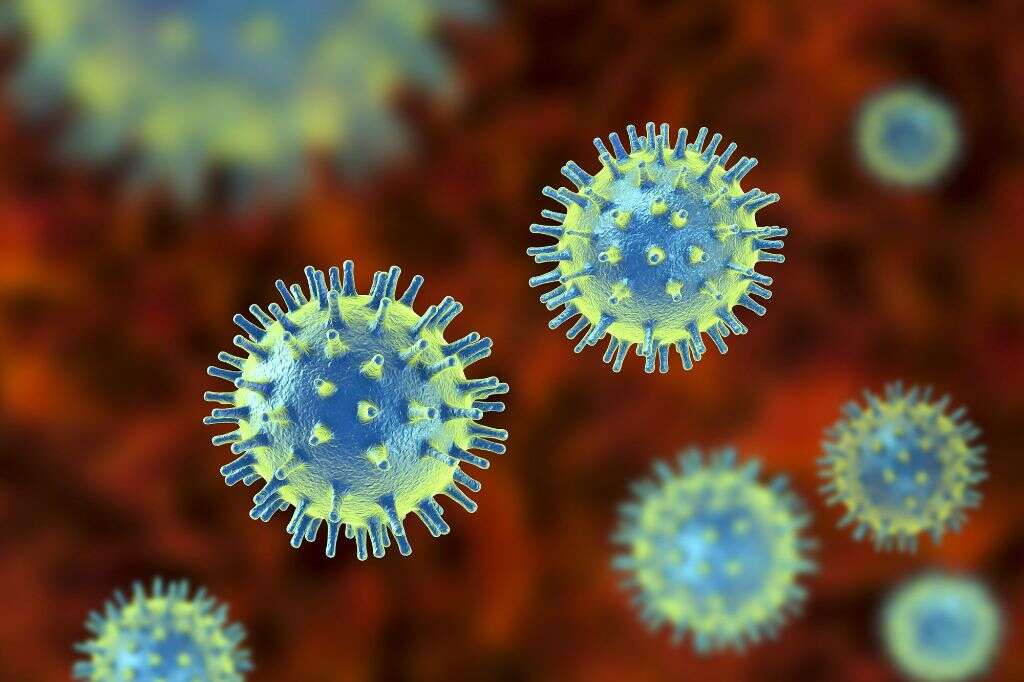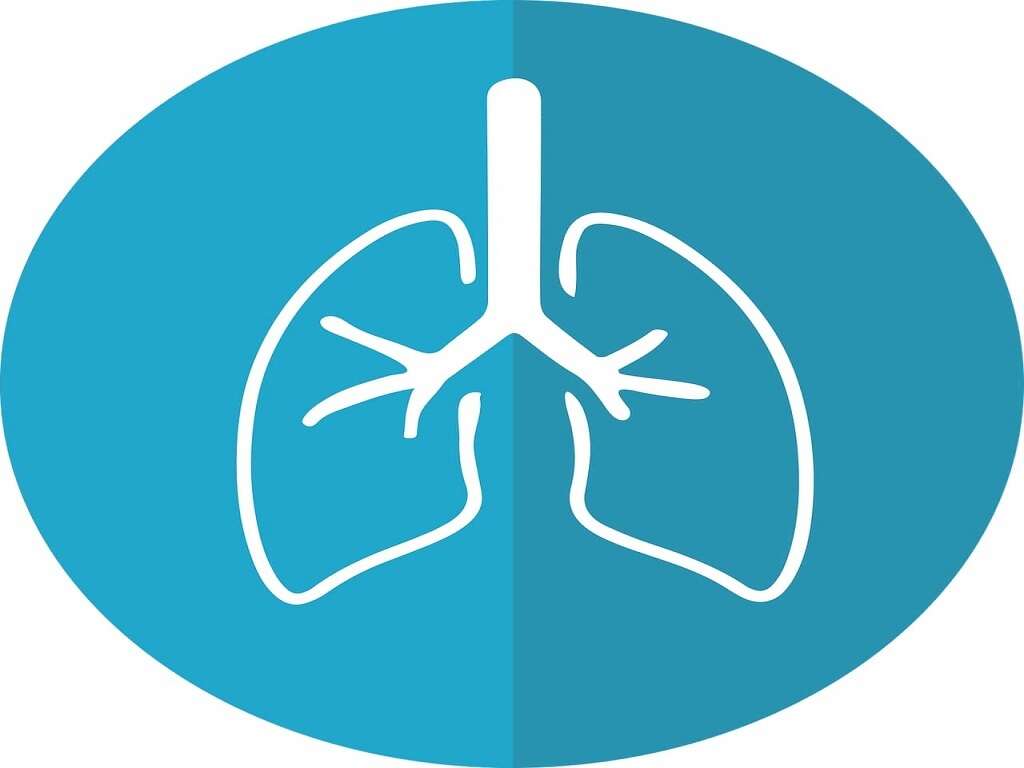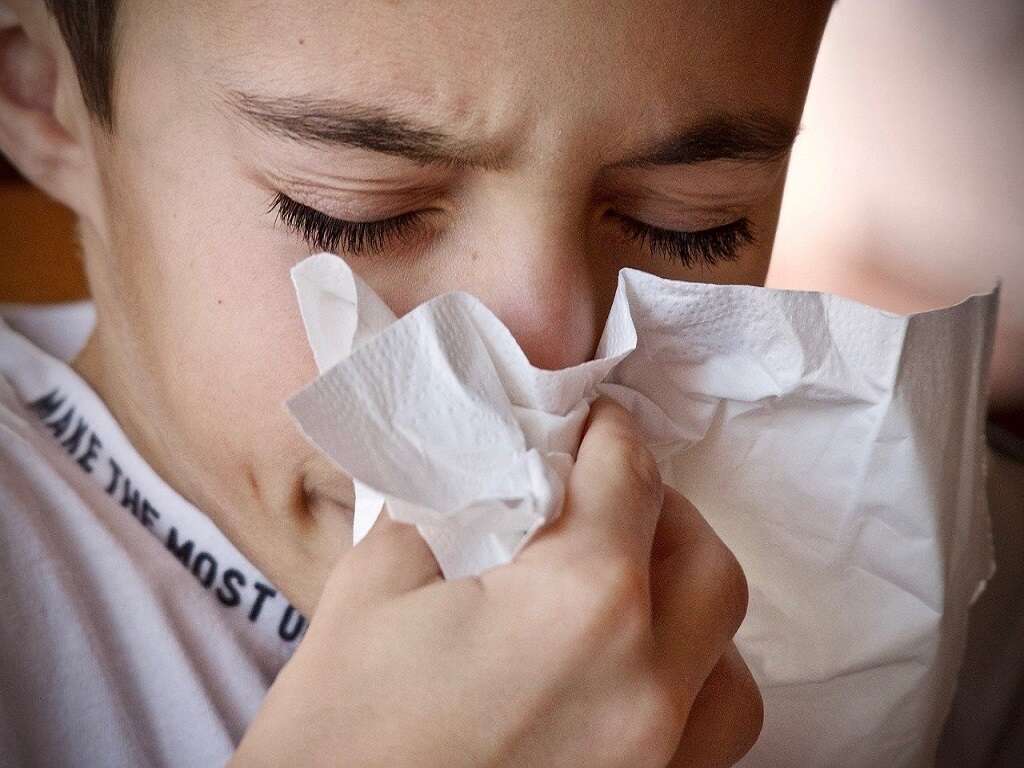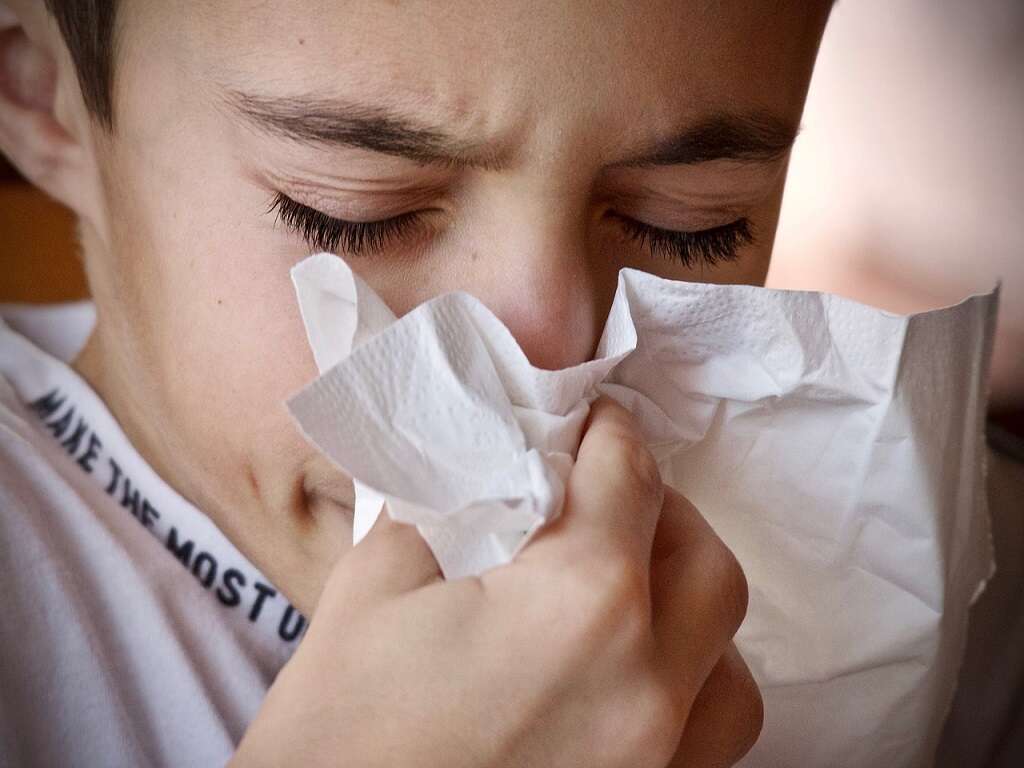Early Flu Symptoms
 Article Sources
Article Sources
- 1. Boktor SW, Hafner JW. Influenza. [Updated 2020 May 26]. In: StatPearls [Internet]. Treasure Island (FL): StatPearls Publishing; 2020 Jan-. Available from: https://www.ncbi.nlm.nih.gov/books/NBK459363/
- 2. “Cold Versus Flu.” Centers for Disease Control and Prevention, Centers for Disease Control and Prevention, 30 Dec. 2019, www.cdc.gov/flu/symptoms/coldflu.htm.
- 3. Eccles, Ron. “Understanding the symptoms of the common cold and influenza.” The Lancet. Infectious diseases vol. 5,11 (2005): 718-25. doi:10.1016/S1473-3099(05)70270-X
- 4. Evans, Sharon S et al. “Fever and the thermal regulation of immunity: the immune system feels the heat.” Nature reviews. Immunology vol. 15,6 (2015): 335-49. doi:10.1038/nri3843
- 5. “Flu Symptoms & Complications.” Centers for Disease Control and Prevention, Centers for Disease Control and Prevention, 18 Sept. 2019, www.cdc.gov/flu/symptoms/symptoms.htm.
- 6. 6 North County Health Services, 18 June 2020, www.nchs-health.org/the-meaning-behind-different-types-of-coughs/.
9. Asymptomatic
When first contracting the flu people will often not have any symptoms at all. It takes about 1-4 days after being infected for symptoms to appear. During this asymptomatic time the flu can still be passed between people. In fact, the flu tends to be most contagious in the first 3-4 days and can last 7+ days after becoming sick.
If you encounter someone who you think may have the flu it may be wise to limit your contact with others for a couple of days. This will help to avoid further spread of the virus. Also, give your immune system an extra boost by getting plenty of sleep and eating good, nutritious food. Vitamin C is also well known for its immune boosting function.
Advertisement











